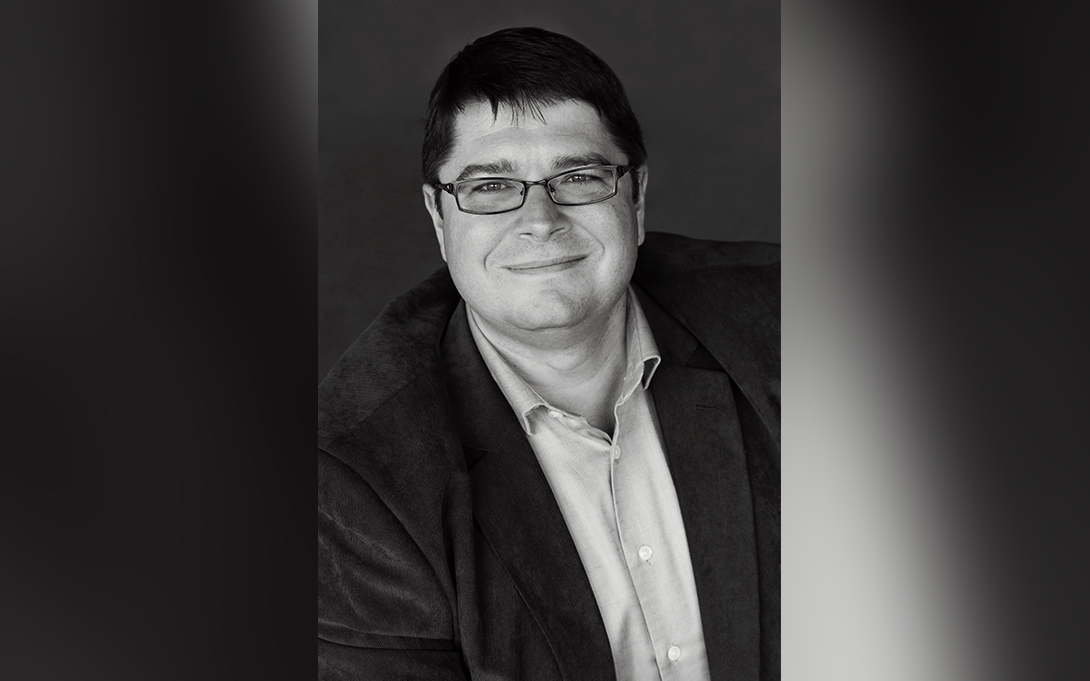
The National Institutes of Health (NIH) announced earlier this year that it was dropping indirect-cost (IDC) rates on university research grants to 15 percent to allow for more spending on “direct scientific research costs.” In an opinion piece for The Chronicle of Higher Education, professor of public policy Jason Owen-Smith warns that this policy could harm research progress by undermining essential infrastructure.
“At the heart of the matter,” Owen-Smith writes, “are a few basic questions: How much does research really cost? Are the costs universities attribute to IDCs appropriate? Who should pay for them and why?”
He explains that direct costs in a research project account for the people and itemized equipment and supplies needed to achieve the project’s specific goals. IDCs, also called facilities and administration costs, support the broader research infrastructure, such as facilities, administration, and compliance, necessary for conducting research projects effectively and safely. Since 1966, IDC rates have been negotiated to reflect the average infrastructure needs across a range of projects, simplifying the funding process.
Owen-Smith points out the distinct roles played by the federal government and universities. Universities are entrepreneurial and assume significant risk by investing in physical and scientific infrastructure. They also hire people need for research compliance and safety. He writes that while federal research regulations have grown significantly since 1991, the limits on what universities can recoup in administrative costs have stayed fixed—leading to nearly $6.8 billion in “unrecovered indirect costs.”
He highlights recent federal regulation mandates in “international-research security” as a key example, where federal actions have required universities to create new compliance positions, overhaul proposal systems, implement new training programs, and enhance oversight of foreign collaborations and campus visitors.
Meanwhile, faculty members develop projects in response to NIH programs that often reflect priorities of policymakers. As he puts it, “The agency treats research universities as resources it can lease on a project-by-project basis, like a national Airbnb for biomedical research.”
Owen-Smith foresees dramatic long-term consequences and decline in the ability to conduct research in the United States as science and the nation’s needs evolve.
“While not perfect, this system has built a national research enterprise that is a uniquely powerful engine for economic growth, public health, and national security. Its variation, decentralization, and competitive drive makes it a resource for dealing with complex challenges. Now it is at risk.”
Instead of overhauling the IDC system, Owen Smith argues for a collaborative approach: “Policy makers and academic leaders should recognize that the strength of our system lies in the joint venture to construct and sustain the kind of research infrastructure the nation needs, then negotiate ways to increase its efficiency and transparency.”
Read the opinion piece in The Chronicle of Higher Education here.
